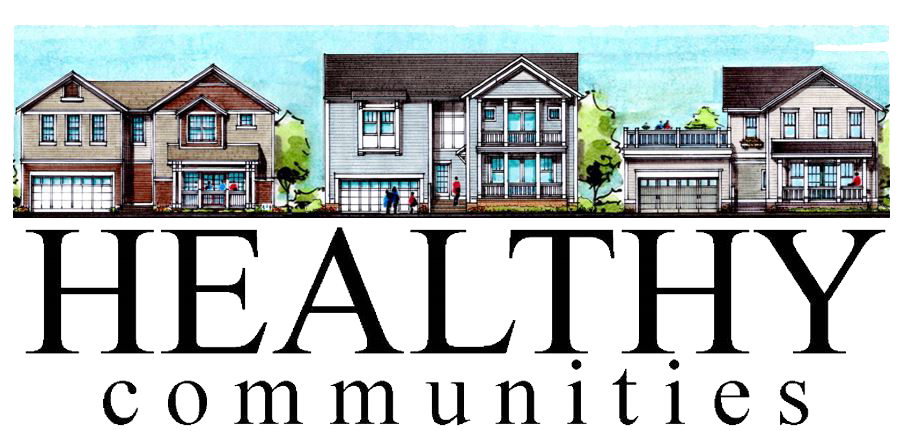Rising energy prices and a willingness to help the environment continue to make solar power a more attractive option for homeowners across the country. As more homeowners make the switch to solar, everyone should understand some common industry terms we use.
Two of the most common terms you’ll hear as you start to look into solar power are community solar and virtual net metering (VNM).
This post will cover both terms in depth so you can be the most knowledgeable homeowner on the block when it comes to solar power.
What is community solar?
Images of homes with solar panels on the roof probably come to mind when you think of residential solar power; however, there is an alternative to these solar panels known as community solar (or shared solar). The United States Department of Energy defines community solar as any solar project or purchasing program that benefits multiple customers at once.
Community solar is a popular option for homeowners with older roofs that can’t support traditional solar panels or folks who can’t afford panels of their own but still want to reap the benefits of solar energy. In addition to no large installation costs, homeowners on a community solar system don’t have to worry about repairs or general panel maintenance.
Many times, the panels used in community solar projects aren’t even near the homes they power. Instead, they’re huge off-site panel systems located potentially miles away. Depending on the size of the installation, community solar panels can power a few homes on a block, an entire neighborhood or even a whole town.
What is virtual net metering (VNM)?
Virtual net metering (VNM) is a bill-crediting system for community solar projects. Because any excess power produced by the community solar panels gets distributed back into the power grid, power companies reward homeowners with these VNM credits.
The amount of credits a homeowner receives depends on their share of the community solar panels, so a homeowner who owns 10 percent of the community solar panels will receive 10 percent of the credit offered by the power company.
Community solar and VNM just make sense
VNM credits and getting involved in a community solar program make switching to solar much more logical. Together, community solar and VNM credits allow homeowners to get in on the benefits of solar power without the huge installation investment. Additionally, folks start seeing a return on their purchase of the solar panels ASAP with the monthly credits.
As community solar and VNM credits start getting more readily available across the country, we expect a growing number of residents to make the switch to solar power.
Experience solar benefits for yourself
If you’re ready to experience the benefits of traditional solar panels instead of community solar, then move into one of our Healthy Communities homes. All of our custom homes come with solar panels, so there’s no need to worry about installing them yourself. Get in touch with us today to learn more about all of our beautiful communities.
